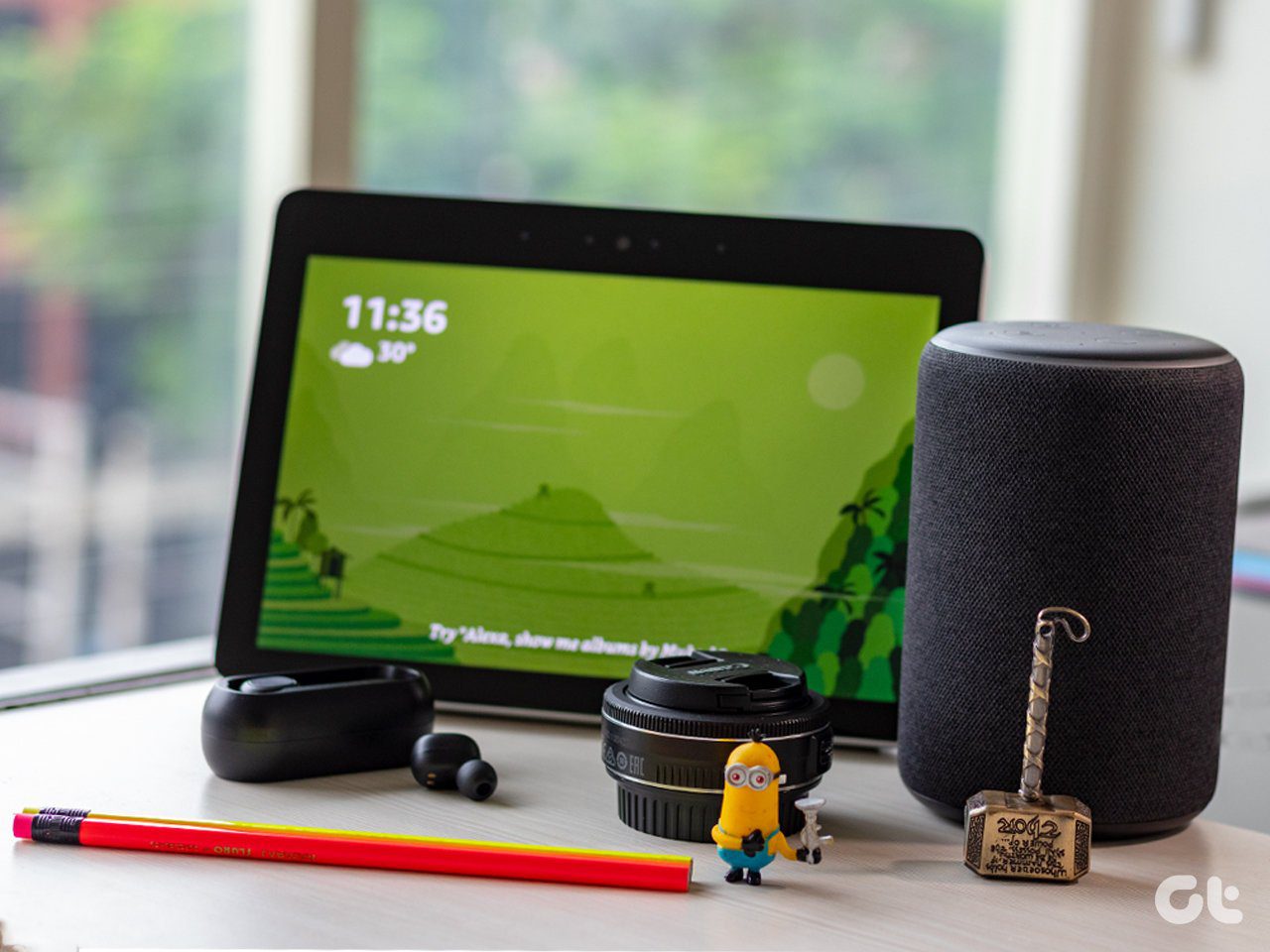- Yes, their pockets are heavily lined and they can afford to buy it but would they – or for that matter – would we be able to make full use of its powerful A11 Bionic processor or the interactive emojis in our daily lives? Well, to be honest … no.
- Smartphone consumers nowadays follow two trends — they buy a new phone either because they want to flaunt a new flashy device or they are looking for a serious upgrade.
- Well, we can’t do much if one is hell-bent on buying a newly launched phone. But if you’re genuinely on a lookout for a smartphone buying guide, your search ends here.
- We have assembled a checklist that you must go through before buying your new phone.
- Also See
4 Checks You Must Perform Before Buying a Used iPhone or Android
1. Processor: ‘Cause Speed Matters
Yes, a phone’s processor speed matters a lot. But then, do you really need all that speed? At best, if your phone activity only ranges from making calls, running a handful of apps and playing a few casual games, a budget-tier or a mid-tier phone would serve your purpose perfectly. For instance, take the Moto G5 Plus, the Xiaomi Mi Max 2, Samsung Galaxy J7 Series or the Lenovo K8 for example. These phones handle everyday tasks with barely a lag or two in between. This is mainly because the hardware of phones has upgraded superbly to include multi-core processors. Finding a phone running on a single core processor is rare these days. And thanks to these upgraded processors, the days of the app crashing and freezing are long gone. That’s as far as the budget phones are concerned. However, if you perform more heavy tasks with your phone like playing games with high-end graphics or experimenting with virtual reality, you should definitely go for a phone with a high-end processor. While selecting a high-end processor, you should also check its architecture process, core performances, low-power cores, battery efficiency, and the clocking speed. The Qualcomm Snapdragon 835 is one of the best processors available in the market and has been included in a number of flagship phones such as OnePlus 5, Xiaomi Mi Mix 2, Nokia 8, and other high-end devices like Google Pixel 2, LG V30, Samsung Galaxy S8 and Note8. These processors not only manage to run your apps and games smoothly but also increase performance and reduce battery consumption.
2. Battery: Capacity and Charging
I won’t be exaggerating when I say that the battery life makes or breaks a phone. It goes without saying that you should get a phone with a great battery life, preferably one that lasts more than a day on a single charge. For instance, the Xiaomi Mi Max 2 boasts of a 5,400-mAh battery unit capable of lasting up to four days or the Samsung Galaxy A9 Pro with its 5,000-mAh battery unit. Bigger batteries mean bigger phones. If size is a concern for you, consider getting a phone with a battery of 3,400mAh that will easily last a day. It isn’t just the mAh unit of a battery that counts. The battery efficiency and low-power cores of the processor also play important roles in improving your phone’s performance. A phone, equipped with low-power cores, will be able to perform low-intensity tasks such as entering doze-mode or responding to commands (when your screen is off) without draining the battery. But that’s not the only thing that matters when you buy a phone. These days, charging on the go is the norm and the built-in fast/quick charge technology is a must-have feature. After all, you wouldn’t want your phone plugged to the charger forever, right? To summarize, a longer battery life is as important as the charging technique it uses. Also See:
What’s OnePlus 3 Dash Charging and How is it Different from Qualcomm Quick Charge
3. Display: Sharp and Bright
The Samsung Galaxy S8 features a stunning 4K display. I admit that the term makes it sound super impressive but you also must think about how much 4K video content can you actually consume on your cellphone on a daily basis? Moreover, would your cellular plan support unlimited consumption of 4K video? Factors such as these are important when you’re planning to buy a new phone. But that also doesn’t mean that you should settle for something less. The sharpness and brightness of a display are measured in terms of pixels per inch (PPI). A higher PPI value indicates a more vibrant and sharp display. So, the rule of thumb is that the higher the PPI value, the better the display. Adding to it, the overall display needs to be of a decent quality. Quality examples include displays from Samsung and JDI Sharp. Apart from that, do make sure that the sunlight legibility of the phone is perfect. After all, you wouldn’t want to squint at your phone to read a line of text in broad daylight, right?
Bezel-less Display?
In 2017, bezel-less displays became the big hit in the market. Phones with bezel-less displays are beautiful but, at the same time, they are fragile and a bit difficult to hold. In a rush to have an all-glass display, some of the phones have compromised a bit on placements. Remember the odd placement of the Mi Mix 2 front camera? See Also:
Here’s How to Change Android Resolution Without Root
4. RAM & Storage: The More the Merrier
With heavy apps all around, a phone nowadays must have minimum 3GB of RAM. However, if you are pressed for money, you can opt for a 2-GB RAM phone but it’s not recommended to go below that option. With 6-GB or 8-GB RAM, a phone can be an overkill unless you’re using your phone in lieu of a laptop. The same holds true for storage as well. The more storage, the merrier it is. With the advent of a hoard of backup services such as Google Photos, Google Drive or any online music streaming service, the reliance on onboard storage has reduced. Still, if you are heavily dependent on offline storage, make sure that the device you’re buying also offers ample amount of expandable storage. Speaking of files and pictures, find out
How to Encrypt/Password Protect Files on Android
5. Stock or Custom UI: Different Experiences
The Android world is still divided when it comes to stock and custom UI experience. While phones such as the Mi A1, the Moto G5 Plus or the Nokia 8 will let you experience a stock Android experience, phones, including the Samsung Galaxy series with Touchwiz or Xiaomi with its MIUI 9, let you have a plethora of additional options. From smartphone managers, nifty battery saving features to customization options — these phones let you perform a variety of tasks with built-in apps and settings. Another notable thing is that phones with custom UI also come with a series of
added software aka Bloatware .
6. Camera Tech: Not Just Megapixels
You’ll hardly find some one with mini digicams these days. The phone camera has taken over and it’s important, now more than ever, that you find the right camera fitted in your new phone. The craze over megapixels is long gone. The current camera buzzwords are pixel, sensor size, and aperture. A wider aperture means brighter pictures. Smaller the aperture value, better it is. The logic is opposite for pixel size — the bigger, the better. So, if you are confused between two options with the same specs but one has an aperture of f/1.7 and the other offers f/2.0, go for the one with f/1.7 aperture. Similarly, OIS and EIS should also come into consideration. Though manufacturers often skip adding them in the budget phones, you should keep an eye out for EIS (if not OIS) in your phone camera if you are aiming for a mid-tier or a premium phone. Also Read:
The Ultimate Guide to Image Stabilization
7. Box Content: What’s Extra?
When you open the box to get your new phone out, basic accessories such as headphones, cables, and etc generallycome bundled inside. But then, all manufacturers do not ship their devices the same way. For instance, OnePlus and Xiaomi do not offer earphones with their phones, whereas, the latest offering from Huawei not only packs earphones but also provides a protective covering. Let us know in comments which of these guidelines helped you the most while buying your new phone. See Next:
How Does Kirin 970 on Huawei Mate 10 Compare to Apple A11 Chip? The above article may contain affiliate links which help support Guiding Tech. However, it does not affect our editorial integrity. The content remains unbiased and authentic.


















